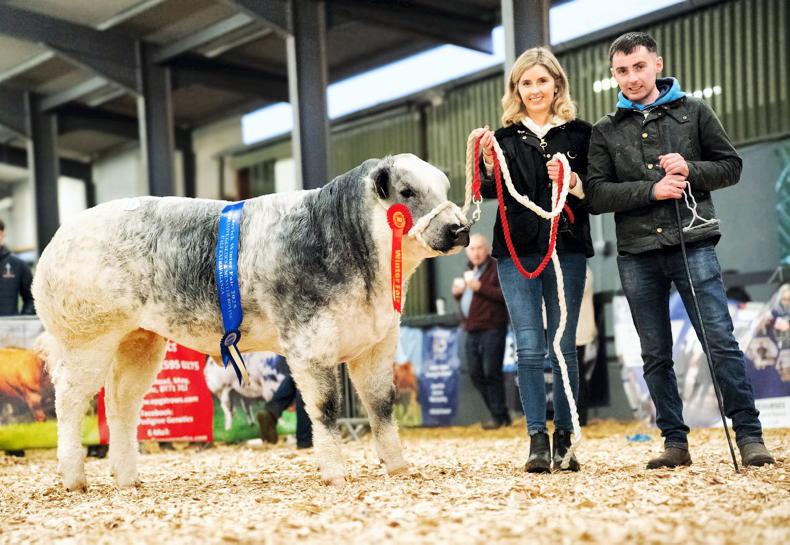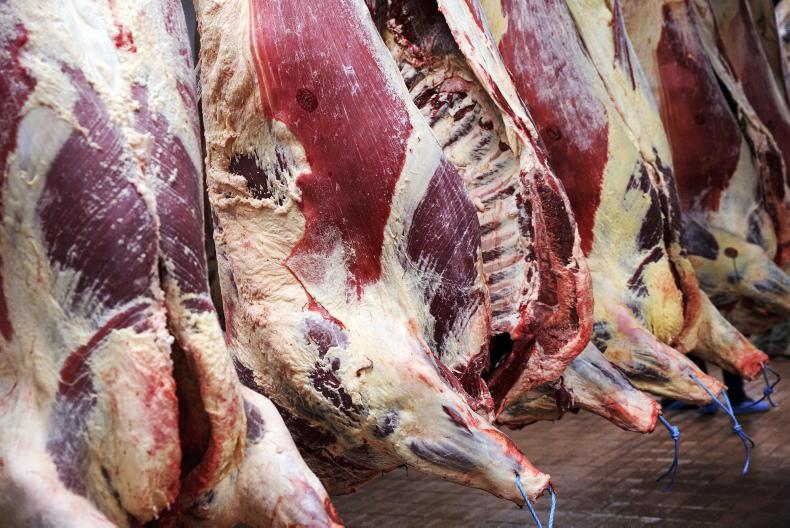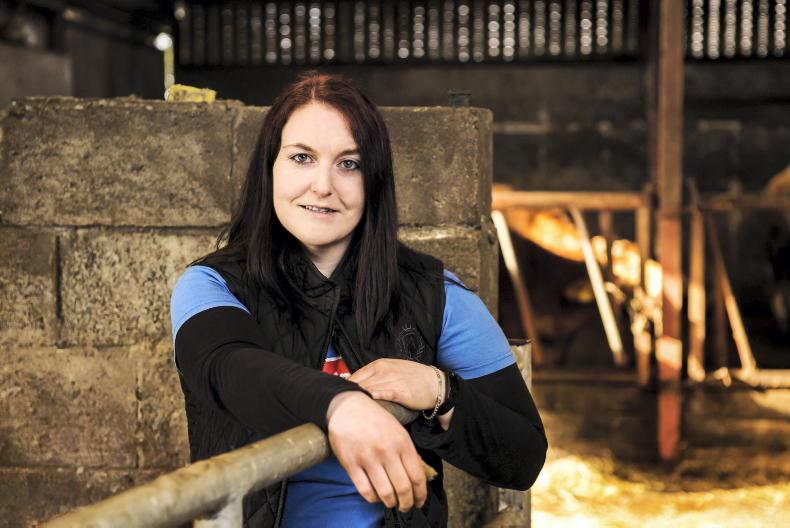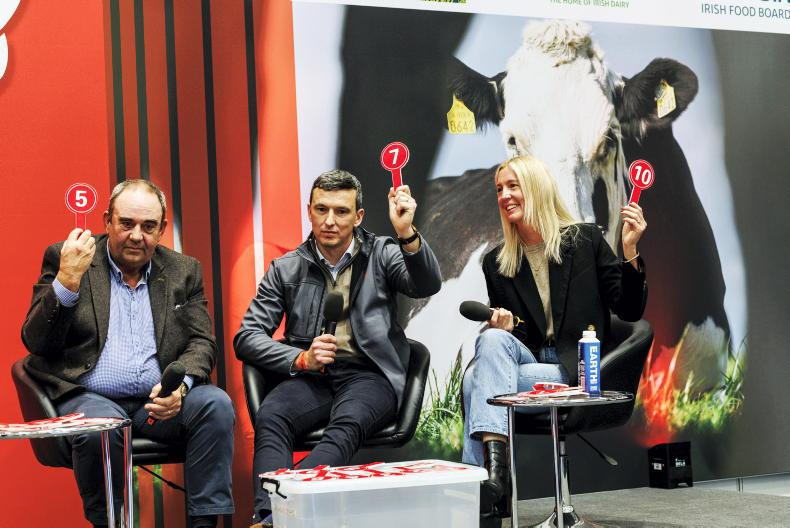While most beef farmers operate autumn or winter finishing systems, there are some farmers who finish cattle off grass during the summer.
As with all finishing systems, without any price security, farmers are taking a risk on markets going in their favour when offloading stock.
For farmers thinking of grass finishing, outlined are some things to keep in mind.
Do the sums stack up?
Beef prices have been relatively strong in recent weeks, pushing Irish cattle towards the top end of the European price leagues.
But high prices do not mean high profits. Input costs are undermining higher market prices.
So, before committing to grass finishing, do a few simple sums on whether there is a return or not.
Start by getting a handle on what cattle are worth if sold in the live ring now. Next, is meal required to get animals to the correct fat cover?
If so, how long will cattle be fed, what level of meal will be fed and what will this cost? Is fertiliser required to keep grass in front of animals?
Add these input costs to the value of cattle sold in the live trade now.
Finally, what is the final liveweight or carcase weight expected? Use a realistic beef price to calculate the value of the finished animal and factor in a profit margin.
If the carcase value of the finished animals is greater than the combined input costs and value of the animal at the outset, then grass finishing is worth pursuing.
But if the carcase value is lower than the finishing costs, then cattle are better off cashed in now.
Do all cattle need meal for grass finishing?
Not all cattle may need meal fed to get them to the correct fat cover. Heifers and steers with traditional beef breeding on high-quality grass may get away without meal during July or August.
Animals with continental genetics will most likely need meal to improve fat cover, regardless of grazing high-quality grass. But if grass is scarce or average quality, even early-maturing types may need meal.
Use a high-energy, low-protein ration for finishing
When finishing cattle, it is all about getting dry matter energy into animals. Energy will encourage cattle to put on fat cover. Protein encourages lean tissue.
So, when grass finishing, opt for a simple cereal-based mix. Rolled barley on its own will often suffice, but it can be mixed with maize and some rumen fibre sources such as soya hulls.
There is no need for a ration with protein levels above 13% when grass finishing. Keep it simple.
Feed rates
On good-quality grass with a target kill date in late July to early August, if meal is required, offer continental-type heifers 2kg/day for a maximum of 40 days.
For steers, feeding 3kg/day should suffice for continental types over the same time period. For cattle being killed off grass in autumn, these feed rates will need increasing as grass quality declines.
If you do decide to offer more than 3kg/day, split meal over a morning and evening feed.
Parasite control
Are all cattle healthy and free of parasites? Trying to finish animals that have a worm burden will take longer and increase feed costs. Just be wary of any withdrawal dates should cattle require any form of parasite control.
Read more
Thrive: grass growth becoming a problem on demo farm
€56m scheme to pay farmers to make silage launched
While most beef farmers operate autumn or winter finishing systems, there are some farmers who finish cattle off grass during the summer.
As with all finishing systems, without any price security, farmers are taking a risk on markets going in their favour when offloading stock.
For farmers thinking of grass finishing, outlined are some things to keep in mind.
Do the sums stack up?
Beef prices have been relatively strong in recent weeks, pushing Irish cattle towards the top end of the European price leagues.
But high prices do not mean high profits. Input costs are undermining higher market prices.
So, before committing to grass finishing, do a few simple sums on whether there is a return or not.
Start by getting a handle on what cattle are worth if sold in the live ring now. Next, is meal required to get animals to the correct fat cover?
If so, how long will cattle be fed, what level of meal will be fed and what will this cost? Is fertiliser required to keep grass in front of animals?
Add these input costs to the value of cattle sold in the live trade now.
Finally, what is the final liveweight or carcase weight expected? Use a realistic beef price to calculate the value of the finished animal and factor in a profit margin.
If the carcase value of the finished animals is greater than the combined input costs and value of the animal at the outset, then grass finishing is worth pursuing.
But if the carcase value is lower than the finishing costs, then cattle are better off cashed in now.
Do all cattle need meal for grass finishing?
Not all cattle may need meal fed to get them to the correct fat cover. Heifers and steers with traditional beef breeding on high-quality grass may get away without meal during July or August.
Animals with continental genetics will most likely need meal to improve fat cover, regardless of grazing high-quality grass. But if grass is scarce or average quality, even early-maturing types may need meal.
Use a high-energy, low-protein ration for finishing
When finishing cattle, it is all about getting dry matter energy into animals. Energy will encourage cattle to put on fat cover. Protein encourages lean tissue.
So, when grass finishing, opt for a simple cereal-based mix. Rolled barley on its own will often suffice, but it can be mixed with maize and some rumen fibre sources such as soya hulls.
There is no need for a ration with protein levels above 13% when grass finishing. Keep it simple.
Feed rates
On good-quality grass with a target kill date in late July to early August, if meal is required, offer continental-type heifers 2kg/day for a maximum of 40 days.
For steers, feeding 3kg/day should suffice for continental types over the same time period. For cattle being killed off grass in autumn, these feed rates will need increasing as grass quality declines.
If you do decide to offer more than 3kg/day, split meal over a morning and evening feed.
Parasite control
Are all cattle healthy and free of parasites? Trying to finish animals that have a worm burden will take longer and increase feed costs. Just be wary of any withdrawal dates should cattle require any form of parasite control.
Read more
Thrive: grass growth becoming a problem on demo farm
€56m scheme to pay farmers to make silage launched










SHARING OPTIONS